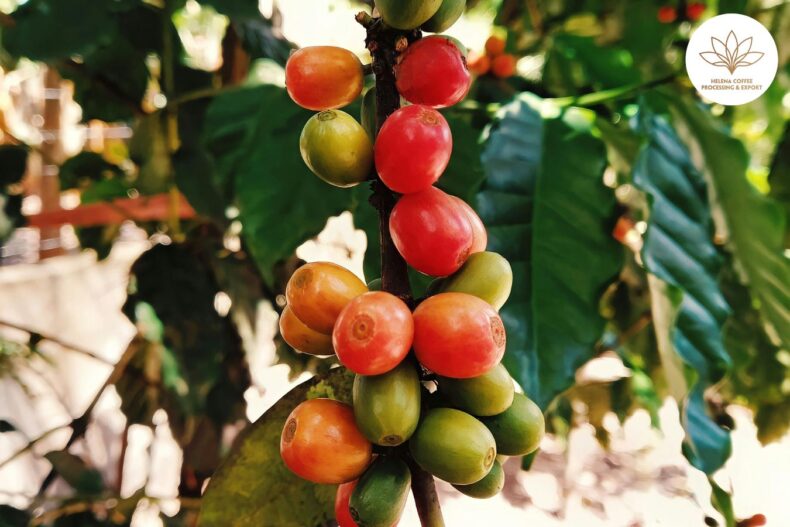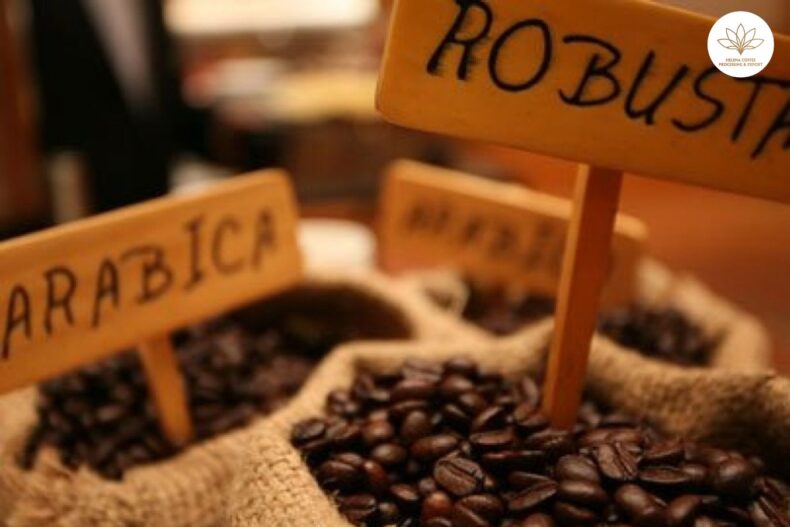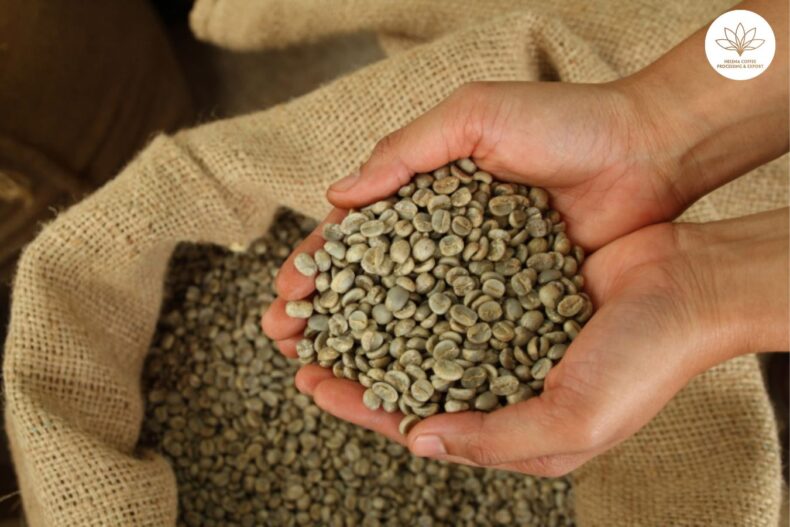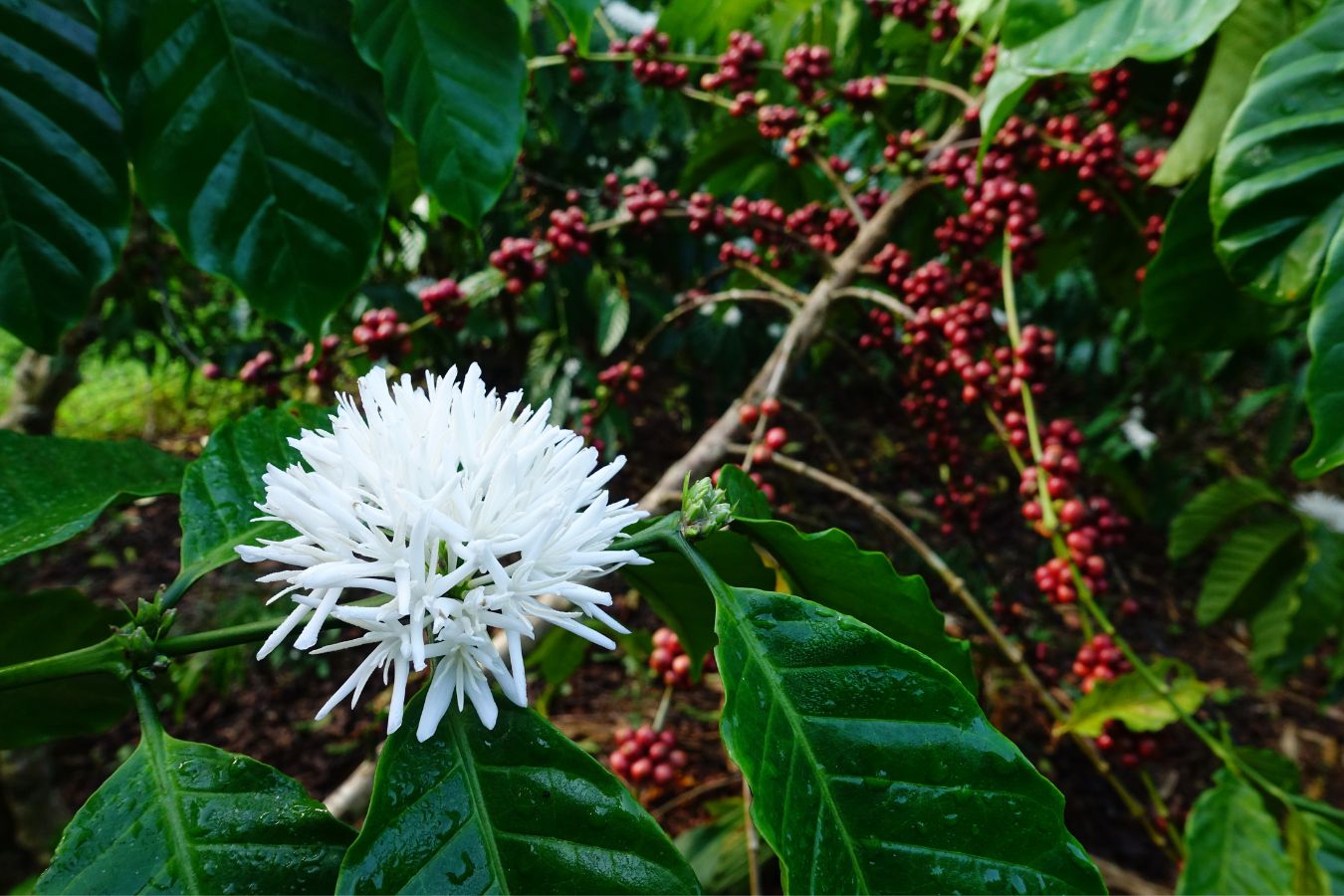
Global Bean Coffee – Coffee is one of the most popular beverages all over the world. Because of its increased caffeine level is frequently favoured over other naturally generated beverages such as tea and chocolate. Coffee is farmed and sold from many tropical nations in Africa, Asia, and Latin America. It originated in the Ethiopian plateau’s coffee forests, found millennia ago.
Organic coffee is the primary source of income for more than 100,000 farmers, most of whom are smallholders, in Mexico, where the new Livelihoods-CEPCO project is being launched. But what is the state of the global coffee market?
Which countries produce the most and consume the most? What percentage of the call will be organic in the following years? Here are five critical statistics about coffee production.
The coffee bean is the world’s second most traded commodity
Coffee beans are the second most traded commodity in the world after gasoline. Because coffee is produced exclusively in the South, its processing and marketing are dominated mainly by Northern countries; this trade is an excellent example of the globalisation effect. Since the year 2000, global coffee production has been steadily expanding.
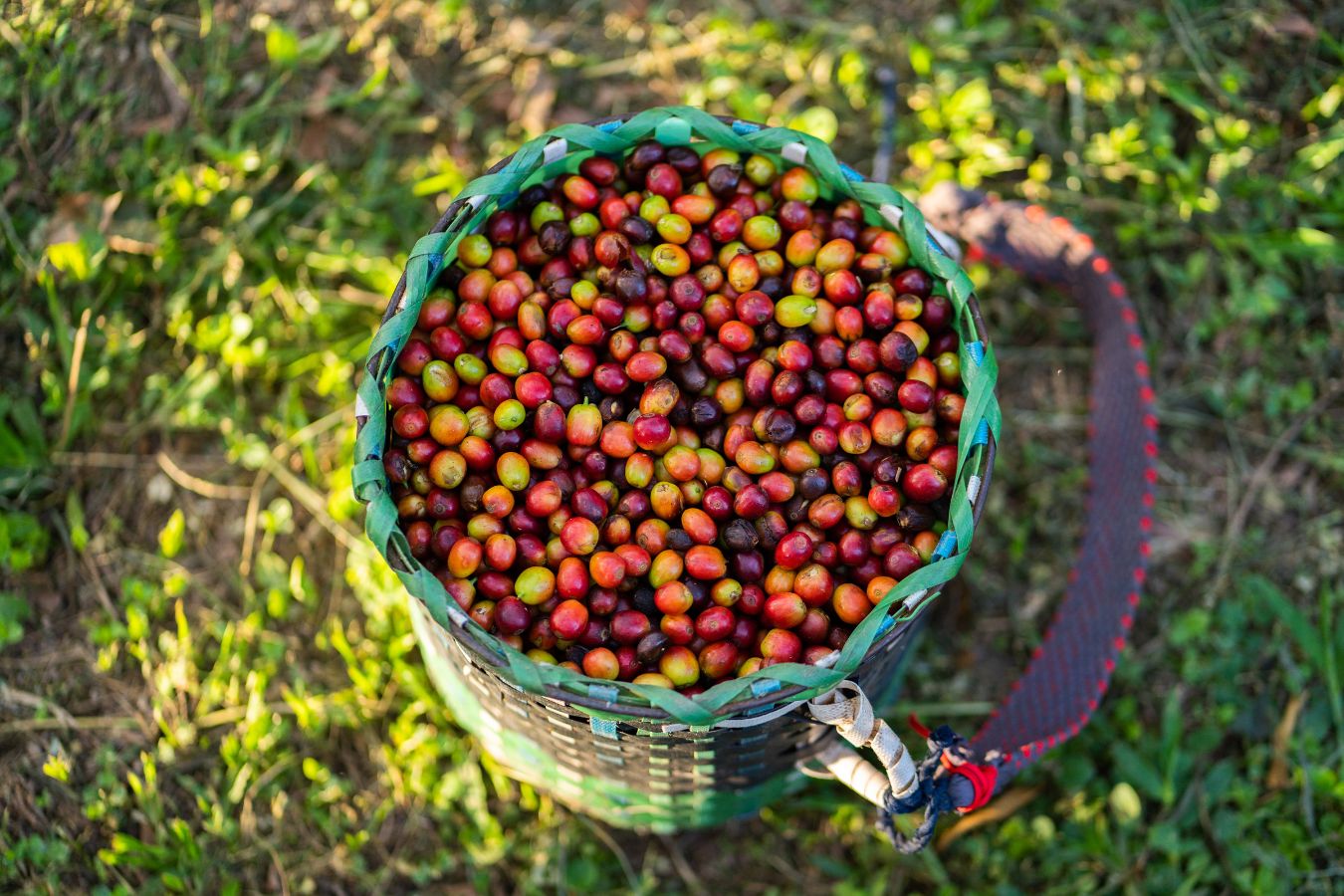
It now approaches 150 million bags per year, resulting in more than 9 million tons of waste (most of the packaging packs of 60 kilos). From 1996 to 2001, 6.5 million tons of coffee were shipped to the world on an annual average of 5 million tons.
Coffee production employs more than 25 million farmers around the world
Coffee is presently grown in more than 50 nations across the tropical belt, origins in Yemen and Ethiopia. On a global scale, 25 million people directly depend on the crop, although it is believed that the agricultural sector employs over 100 million people.
Furthermore, smallholders who own less than 10 hectares own 70% of the farms. Coffee is mainly eaten in the United States, Europe, and Japan. It is grown in Latin America, Africa, and Asia. These three regions accounted for almost 80% of imports in the early 1990s.
Latin America is responsible for 70% of global production
Latin America dominates the market, accounting for 70% of global output. Asia (20%) and Africa (20%) come in second and third, respectively (10 per cent). Coffee is the principal source of wealth in some southern countries.
For example, it accounts for 25% of Guatemala’s GDP, more than 10% of Brazil’s, and nearly 50% of Ethiopia’s.
Climate change and illnesses, such as the coffee rust that ravaged Central America in the 2010s and resulted in a bad harvest, can be disastrous to these economies. Brazil is the most significant producer and the top exporter on a global scale.
Coffee is the second most popular beverage after water
Consumers are predicted to consume 2.6 billion cups of coffee daily. The most coffee-consuming countries are in Europe: Finland, with 12 kilograms per inhabitant per year, is followed by Norway, with 9.9 kilograms.
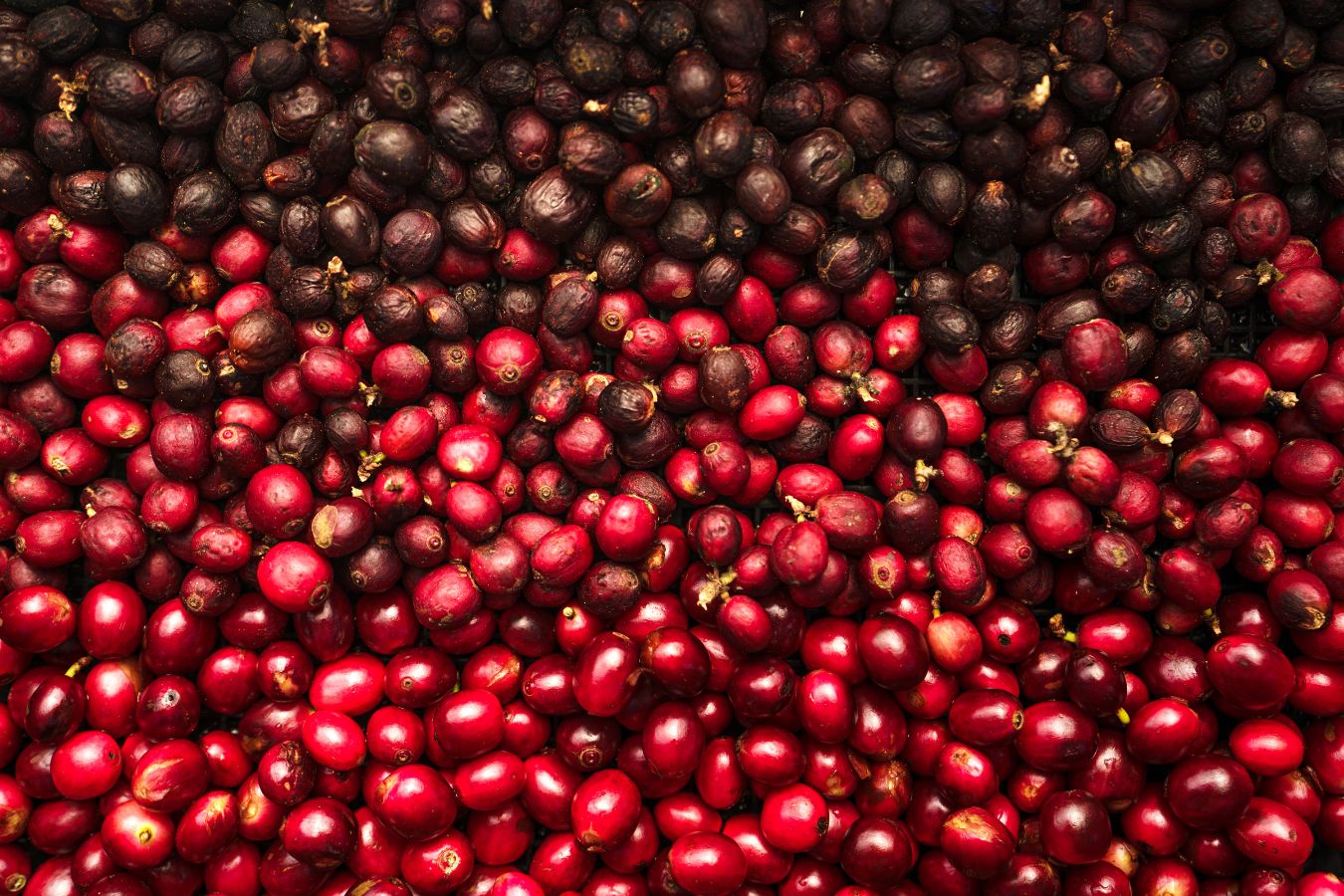
With 5.4 kilos consumed per year, France is placed 17th, with only 0.25 kilos consumed per inhabitant. Japan saw the most significant increase in coffee consumption over the last few decades, with a 30 per cent increase in per capita consumption between 1990 and 2010.
By 2026, global demand for organic coffee is expected to double
Organic coffee’s market size was estimated to be $6.8 billion in 2018, but it is expected to grow to $12.6 billion by 2026. The Arabica coffee variety is predicted to dominate the organic coffee market share, accounting for 60% of worldwide coffee production (against 40% for robusta).
The global market for organic coffee is expected to be driven by the health benefits associated with coffee (for example, coffee consumption lowers cholesterol, boosts immunity, and prevents neurological illnesses) and shifting consumer trends that favour more eco-friendly products.
